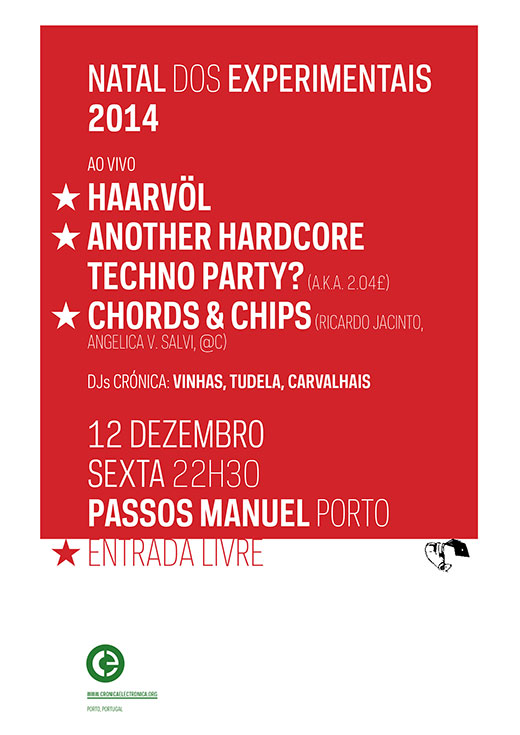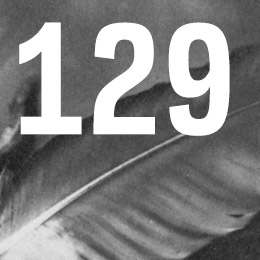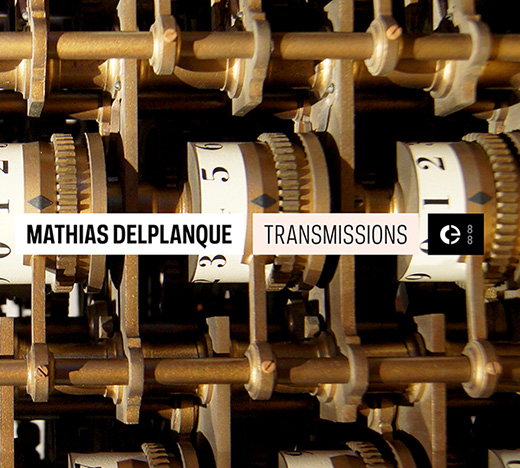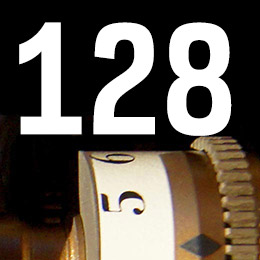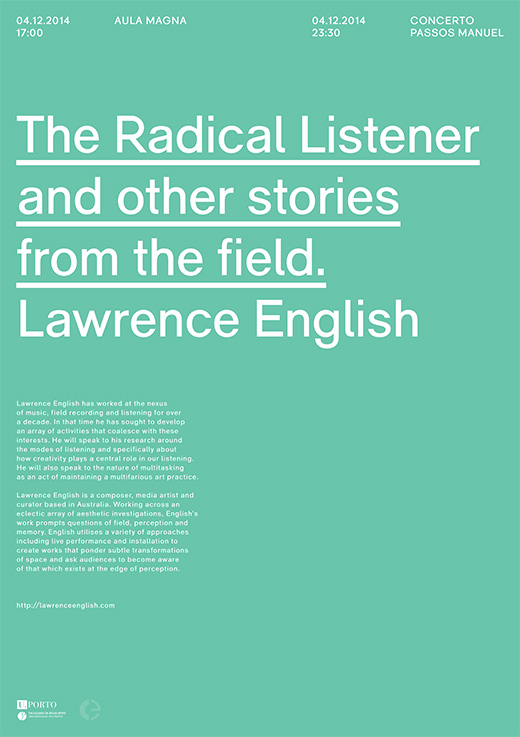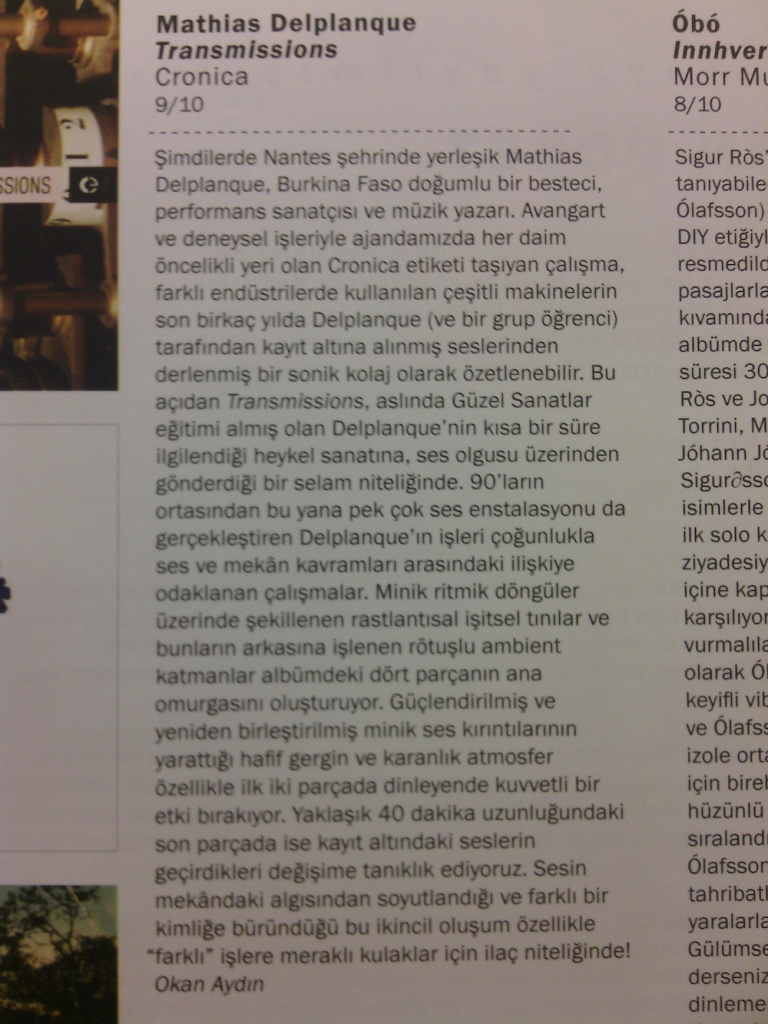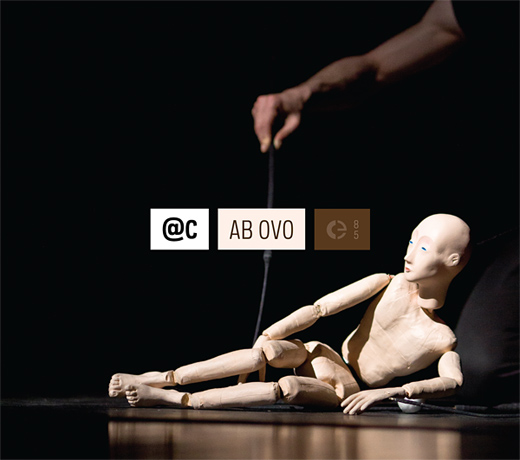
Ab OVO originally came to be as the score for a performance by the puppet theater of Porto, developed in late 2011 and early 2012. For this post-mortem recorded edition, the experimental duo of Miguel Carvalhais and Pedro Tudela reworked the 19 compositions that constituted most of the play’s sound into this more concise, 6-track album. @c has always relied heavily on improvisation, and the pieces that comprise Ab OVO here are no exception.
It’s most evident on the more sprawling third entry, “100†(each segment has only a sequential numeral as its title), wherein the duo collaborate additionally with Tam, Shirley Resende, and Sara Henriques on guitar, accordion, and voice respectively. I’d be curious to see the actual performance that inspired and complemented this music, though I suspect the reworking for the album is substantailly different. Still, the overall impression and takeaway is likely the same, with these tracks showing off a curious interest in sonic tinkering, experimenting with noise and silence, texture, timbre, and effects in ways that are at times spartan and at others more aggressive (the sputtering, shifting grind of “101†comes to mind). The most accessible track (or at least the most immediate) is probably the closer, “103,†which flirts with rhythm in more obvious ways.
Snippets of sound race in syncopation, vying for listeners’ attention as they scatter across the stereo spectrum in time. In fact, the only predictable part of this entire release is in its closing moments, where a regular, metered pattern repeats in solitude until it’s over. Fans of experimental improvisation and sound sculpting will likely enjoy @c’s material here, which largely eschews convention and musicality for something more visceral, textural, and improvisational. Matthew Mercer
via Ear Influxion
